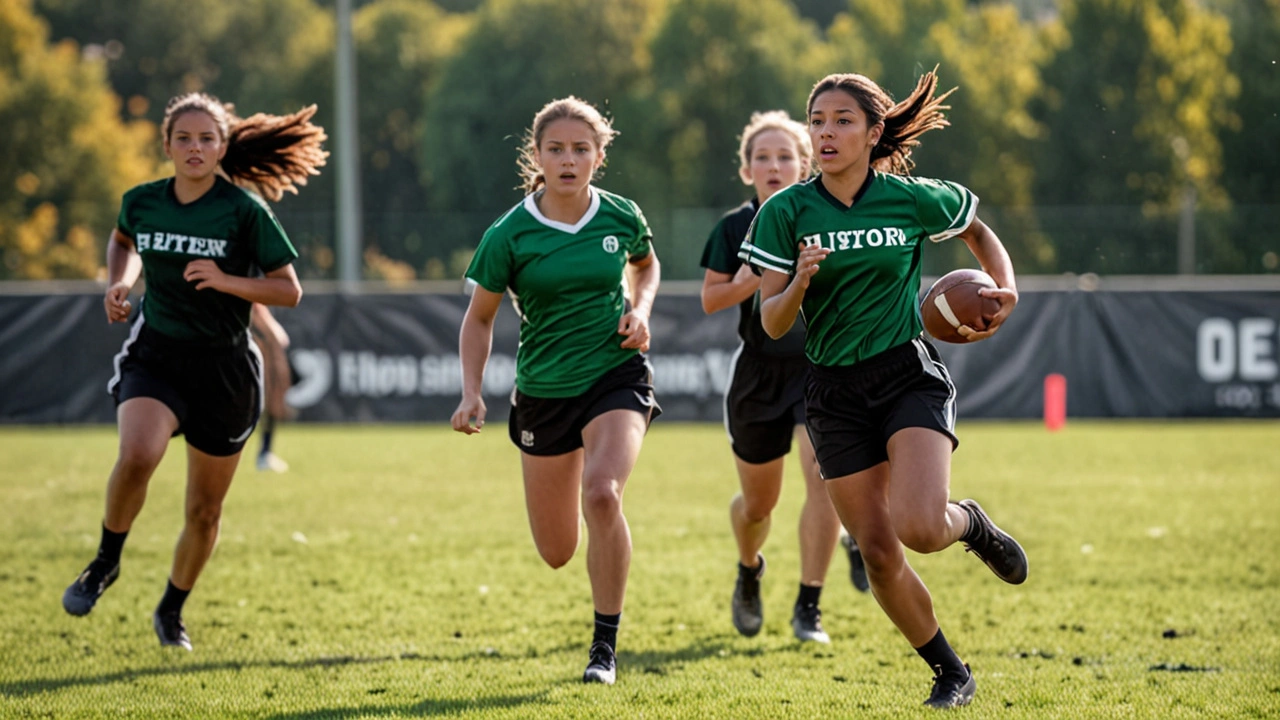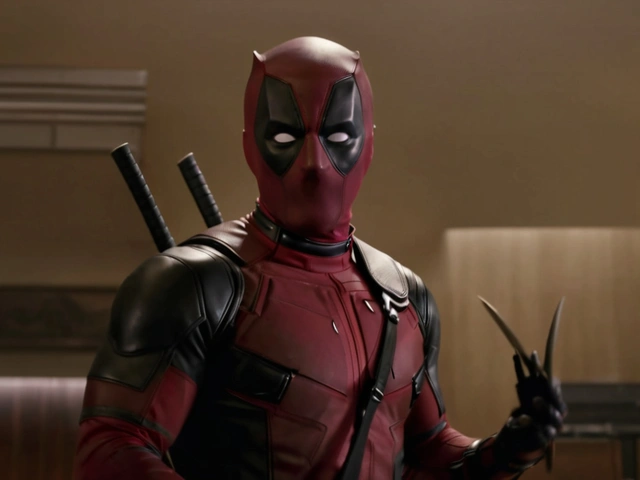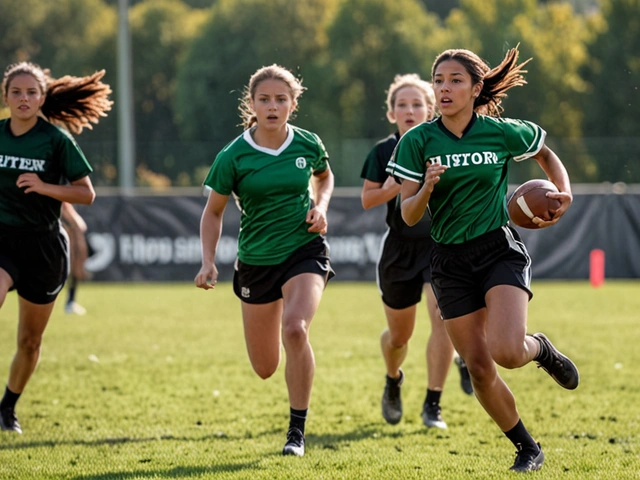Flag Football Basics: How to Play, Rules & Tips
If you’ve heard about flag football but aren’t sure what it actually is, you’re in the right spot. It’s a non‑contact version of American football that swaps tackling for pulling flags attached to the player’s belt. The game keeps the excitement of traditional football while staying safe and easy to set up.
What Is Flag Football?
Flag football is played on a smaller field, usually 80 yards long with 10‑yard end zones. Each player wears a belt with two flags hanging from it. Instead of tackling an opponent, the defense pulls a flag to stop the play. The ball moves forward through runs and passes just like regular football, but without the heavy hits.
Because there’s no contact, schools, churches, and community groups love it. It lets kids learn teamwork, strategy and fitness without worrying about injuries that come with full‑contact tackles.
Getting Started: Gear and Game Setup
The gear list is short. You need a football (size 5 for adults, size 4 for youth), flag belts, cones to mark the field, and some basic safety pads if you want extra protection on elbows or knees. Most leagues provide the belts; you can even make DIY belts with Velcro straps and fabric flags.
To set up a game, divide players into two teams of five to seven members each. Choose a quarterback who will handle most passes. The offense lines up at the line of scrimmage, and the defense spreads out to cover the receivers. A typical play starts with the snap, then the quarterback decides whether to hand off, run, or throw.
Key rules to remember:
- Pulling a flag ends the down – the ball is dead at the spot of the pull.
- No blocking in the traditional sense; you can use “blocking” by positioning yourself to shield a teammate, but no pushing or holding.
- If a pass is incomplete, the ball returns to the line for the next down.
- Each team gets four downs to gain ten yards. If they fail, the ball turns over.
The scoring system mirrors regular football: six points for a touchdown, one point for an extra‑point kick (or two‑point conversion), and three points for a field goal if your league allows it.
Tips to Play Better
Start with simple routes. Teach receivers basic patterns like “slant,” “out” and “post.” Those are easy to run and give the quarterback clear options. Practice quick snaps and short passes – flag football moves faster than you think.
Work on flag pulling technique. The defender should aim for the waist where the flag hangs, not the belt itself. A clean pull stops the play instantly; a missed pull gives the offense extra yards.
Keep communication loud and clear. Call out signals before each snap so everyone knows their job. This cuts down on confusion and speeds up the game.
Lastly, have fun. The goal is to stay active and enjoy the sport. Whether you’re playing in a school gym or at a community park, flag football offers a great way to get moving without the bruises of full contact.

2024 Long Beach Sports Highlights: A Memorable Start for Girls' Flag Football
The Moore League's inaugural season of girls' flag football in 2023-24 marks a significant milestone in Long Beach sports history. Sponsored by the LA Chargers, the sport enjoyed remarkable success, making it one of the top sports moments of 2024.



